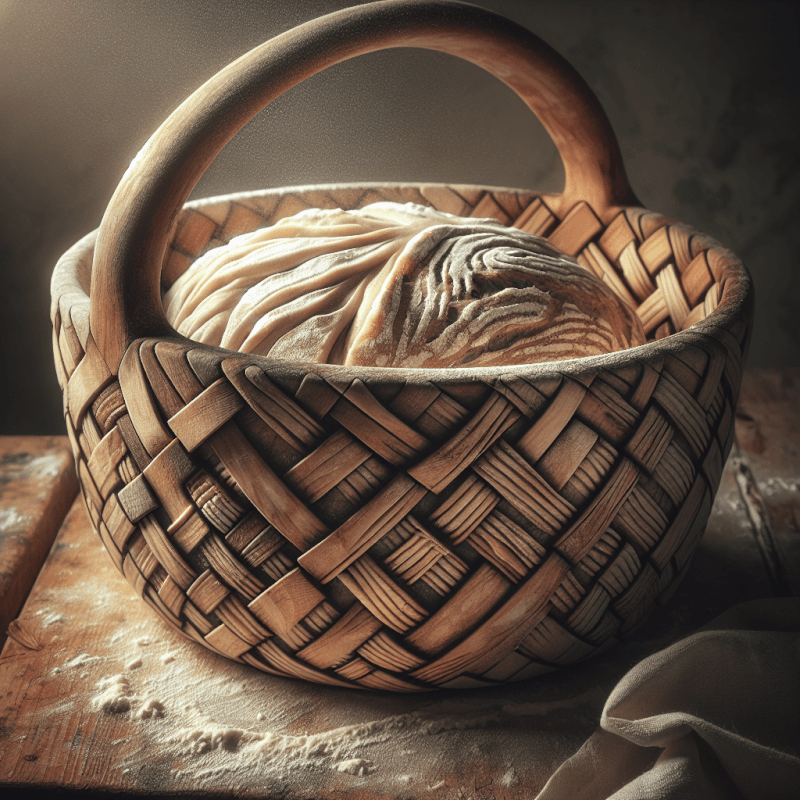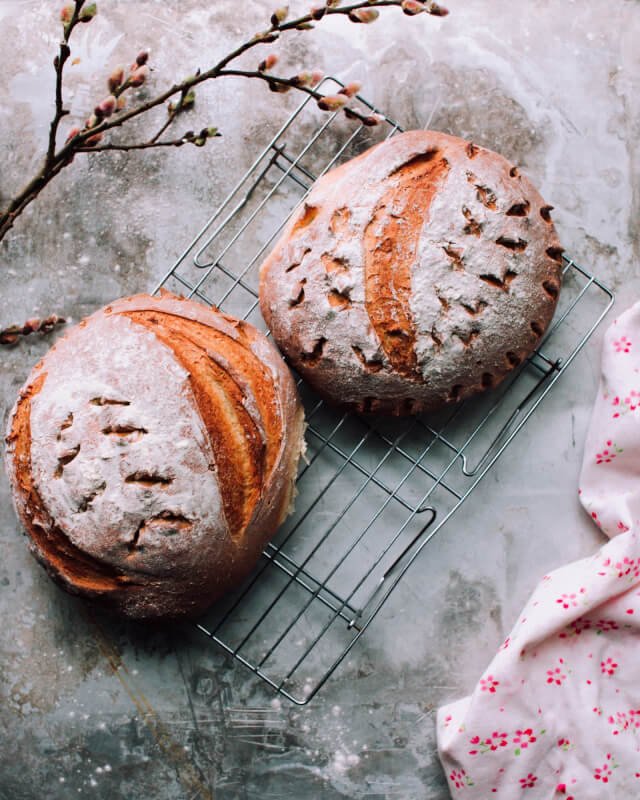You’re a home baker who has fallen in love with the art of sourdough bread-making. From feeding the starter to watching the dough rise, every step is a labor of love. But now, you’ve hit a roadblock – finding the perfect bakeware that will help you achieve that signature crusty exterior and airy interior. Look no further, because in this article, we’ll explore the world of bakeware specifically designed for sourdough bread. Discover how the right bakeware can elevate your sourdough to new heights, ensuring a beautifully baked loaf every time.
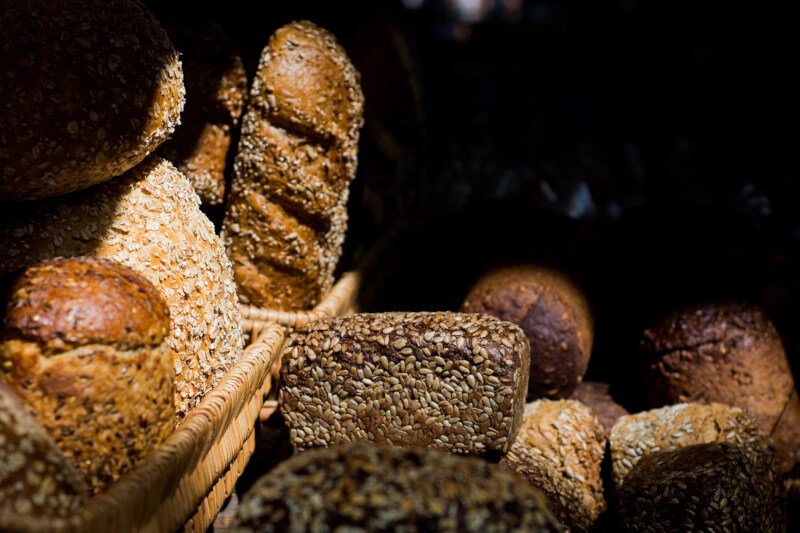
Choosing the Right Bakeware
Material
When it comes to choosing bakeware for your sourdough bread, one of the most important factors to consider is the material. Different materials can affect the baking process and the final result of your bread. Some common materials for bakeware include aluminum, stainless steel, glass, and silicone. Each material has its own pros and cons, so it’s important to choose one that suits your needs and preferences.
Aluminum bakeware is a popular choice due to its excellent heat conductivity. It ensures even baking and promotes a golden crust on your sourdough bread. Stainless steel bakeware is durable, lightweight, and resistant to rust. Glass bakeware allows you to see the browning of the crust while baking and is also non-reactive, meaning it won’t affect the flavor of your bread. Silicone bakeware is flexible and non-stick, making it easy to remove your bread from the pan.
Shape and Size
The shape and size of your bakeware can have an impact on the overall appearance and texture of your sourdough bread. Some common shapes for sourdough bread include round, oval, and rectangular. The shape you choose will depend on your personal preference and the type of bread you want to make.
In terms of size, consider the quantity of dough you are working with. If you prefer smaller loaves, opt for smaller bakeware. On the other hand, if you want larger loaves, choose larger bakeware. Keep in mind that the size of your dough will also affect the baking time, so make sure to adjust the timing accordingly.
Lid or No Lid
Another consideration when choosing bakeware for sourdough bread is whether you want a lid or not. Having a lid can help create a steamy environment inside the bakeware, which is beneficial for achieving a crispy crust. The trapped steam helps the dough rise and prevents it from drying out during baking.
However, using a lid may also trap too much moisture, resulting in a denser loaf or a softer crust. If you prefer a lighter loaf or a crust with more crunch, you may want to opt for bakeware without a lid. Ultimately, it comes down to personal preference and the type of crust you desire.
Handles
Handles on your bakeware can make a world of difference when it comes to handling and maneuvering your bread. Look for bakeware with sturdy, ergonomic handles that are heat-resistant. These handles will allow you to safely transfer your bakeware in and out of the oven without the risk of burns.
Handles that are too thin or poorly designed may make it difficult to grip the bakeware securely, especially when wearing oven mitts. So, always consider the handles when choosing your bakeware to ensure ease and safety in your baking experience.
Non-Stick Coating
A non-stick coating on your bakeware can be a lifesaver, especially when it comes to sourdough bread. The sticky nature of sourdough can make it challenging to remove the bread from the pan without sticking or tearing.
Opting for bakeware with a non-stick coating will not only make it easier to release your bread but also make the cleaning process a breeze. Just make sure to choose a non-toxic coating that is free from harmful chemicals such as PFOA and PTFE.
Types of Bakeware for Sourdough Bread
Dutch Oven
A Dutch oven is a versatile piece of bakeware that is perfect for baking sourdough bread. It consists of a deep, heavy pot with a tight-fitting lid. The thick walls and tight seal of a Dutch oven help create a steamy environment, resulting in a beautifully crisp and golden crust.
One of the major benefits of baking sourdough bread in a Dutch oven is its ability to retain heat. The heat distribution in a Dutch oven is excellent, ensuring even baking and consistent results. The steam created inside the Dutch oven helps the dough rise and provides optimal conditions for fermentation.
However, Dutch ovens can be quite heavy and bulky, making them less ideal for those with limited storage space or strength. They also tend to be more expensive compared to other types of bakeware. If you choose to use a Dutch oven, make sure to preheat it along with your oven to ensure the best baking results.
Bread Loaf Pans
Bread loaf pans are a classic choice for baking sourdough bread, especially if you prefer a more traditional loaf shape. These pans come in various sizes and materials, allowing you to choose the one that suits your needs.
The major benefit of using a bread loaf pan is the uniform shape it imparts to your bread. This can be especially useful if you plan to use your sourdough bread for sandwiches or toasts. The sides of the pan help support the dough as it rises, resulting in a tall and evenly shaped loaf.
However, bread loaf pans may not provide the same level of crust and oven spring as other types of bakeware. The sides of the pan may restrict the expansion of the dough, resulting in a denser texture. If you prefer a more artisanal and rustic look, you might want to consider other options such as a Dutch oven or a baking stone.
Cast Iron Skillet
A cast iron skillet is a versatile and durable piece of bakeware that can be used for various cooking purposes, including baking sourdough bread. Cast iron retains heat exceptionally well and provides excellent heat distribution, resulting in a crisp crust and a flavorful bread.
One of the major benefits of using a cast iron skillet for sourdough bread is its ability to create a unique texture and appearance. The skillet’s hot surface encourages oven spring, creating a more open crumb and a rustic look. Additionally, the weight and shape of the skillet help the dough maintain its shape during rising and baking.
However, using a cast iron skillet requires some care and maintenance. Cast iron is prone to rust if not properly seasoned and cared for. To ensure the best results, make sure to preheat the skillet thoroughly, grease it well, and take the time to season and clean it properly.
Baking Stone
A baking stone, also known as a pizza stone, can be a game-changer when it comes to baking sourdough bread. Made from natural materials like clay or cordierite, baking stones absorb and distribute heat evenly, resulting in a crispy crust and a well-baked loaf.
One of the major benefits of using a baking stone is its ability to mimic the effect of a brick oven. The stone absorbs moisture from the dough, enhancing oven spring and creating a chewy texture. It also helps to regulate the oven temperature, preventing sudden fluctuations and ensuring even baking.
However, baking stones require preheating for an extended period to achieve the desired results. They can be heavy and fragile, so it’s important to handle them with care. Use a pizza peel or a baking sheet to transfer the bread onto the stone, and make sure to allow the stone to cool completely before cleaning.
Banneton Proofing Basket
A banneton proofing basket, also known as a brotform or a proofing bowl, is a must-have tool for any sourdough enthusiast. These baskets are traditionally made from natural materials like rattan or cane and are used to support and shape the dough during the final proofing stage.
The major benefit of using a banneton proofing basket is its ability to create a beautiful pattern on your sourdough bread. The woven texture of the basket leaves an imprint on the dough, giving your bread an artisanal and professional look. The basket also helps the dough maintain its shape during proofing, resulting in a taller loaf with better structure.
One drawback of using a banneton proofing basket is the potential for the dough to stick. To prevent sticking, make sure to generously flour the basket before placing the dough inside. Some bannetons also require careful cleaning and maintenance to prevent mold or odors from developing.
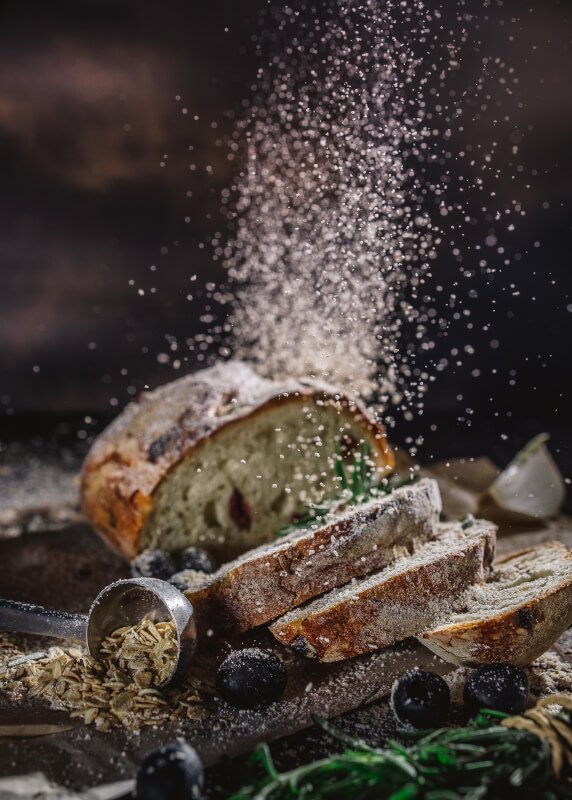
Additional Tools and Accessories
Bread Lame
A bread lame is a small, razor-sharp blade used to score the surface of the sourdough bread before baking. Scoring the dough helps control the expansion during baking, allowing the bread to rise evenly and preventing it from bursting in undesirable places.
A bread lame typically consists of a handle and a replaceable blade. It’s a simple yet essential tool in the sourdough bread-making process. The blade should be sharp enough to create clean, precise cuts in the dough without tearing or dragging.
Dough Scraper
A dough scraper, also known as a bench scraper, is a versatile tool that can come in handy throughout the sourdough bread-making process. It is used to lift, divide, and shape the dough, as well as clean the work surface.
Dough scrapers are usually made from plastic or metal, and their flat, rectangular shape allows for easy handling and effective dough manipulation. With a dough scraper, you can effortlessly transfer sticky dough from the surface, shape it into loaves or balls, and clean up the excess flour or dough.
Proofing Cloth
A proofing cloth, also called a banneton liner or couche, is a fabric cover used during the final proofing stage of sourdough bread-making. It helps prevent the dough from sticking to the basket or proofing container, and also absorbs any excess moisture that may be released during fermentation.
Proofing cloths are typically made from linen or cotton, and they come in various shapes and sizes to fit different proofing baskets or containers. They are washable, reusable, and relatively inexpensive. Using a proofing cloth can help maintain the shape and surface texture of your bread while it undergoes its final rise.
Silicone Baking Mat
A silicone baking mat is a versatile tool that can be used in various baking applications, including sourdough bread-making. It is a non-stick mat that provides a reliable surface for shaping and proofing your dough.
Using a silicone baking mat can help prevent your dough from sticking to the work surface, making it easier to handle and shape. It also provides a clean and non-reactive surface for the dough to rest on during proofing. Silicone baking mats are reusable, easy to clean, and can withstand high temperatures, making them a convenient addition to your baking toolkit.
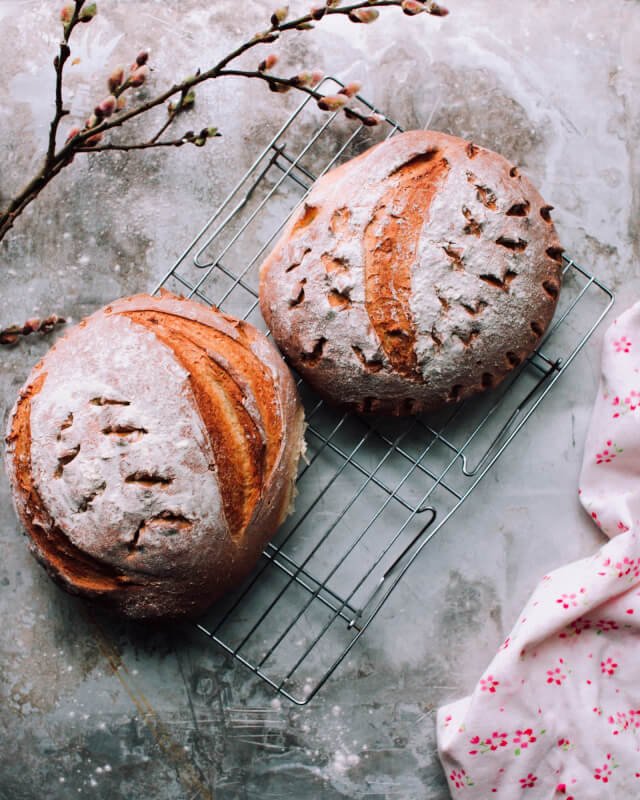
Preparing Your Bakeware for Sourdough Bread
Seasoning
Depending on the type of bakeware you are using, it may require seasoning before its first use. Seasoning involves coating the surface with a layer of fat or oil to create a natural non-stick surface and prevent rust or corrosion.
To season your bakeware, start by washing it with warm soapy water to remove any manufacturing residues. Once dry, apply a thin layer of oil or fat to the interior surface. Use a cloth or your fingers to ensure an even coating. Preheat the bakeware in the oven for about an hour, then allow it to cool before wiping off any excess oil. Repeat this process a few times to build up a durable seasoning layer.
Preheating
Preheating your bakeware is crucial for achieving the best baking results with your sourdough bread. It allows the bakeware to reach the desired temperature before the dough is placed inside, ensuring proper oven spring and overall even baking.
When preheating your bakeware, make sure to follow the specific instructions for the material and type of bakeware you are using. For example, if you’re using a Dutch oven, preheat it along with your oven to allow the entire pot to become hot. If you’re using a baking stone, place it in the oven and allow it to heat up thoroughly before placing the dough on top.
Cleaning and Maintenance
Proper cleaning and maintenance of your bakeware are essential for its longevity and optimal baking performance. After each use, make sure to clean your bakeware thoroughly with warm soapy water and a non-abrasive sponge or cloth.
Avoid using harsh chemicals or abrasive cleaners, as they can damage the surface of your bakeware. For stubborn residue, soak the bakeware in warm water for a few minutes before gently scrubbing. Once clean, dry the bakeware completely to prevent rust or corrosion.
Depending on the type of bakeware, you may also need to perform additional maintenance steps. Seasoning cast iron, for example, helps maintain its non-stick properties and prevent rust. Check the manufacturer’s instructions or do some research to ensure you are caring for your bakeware properly.
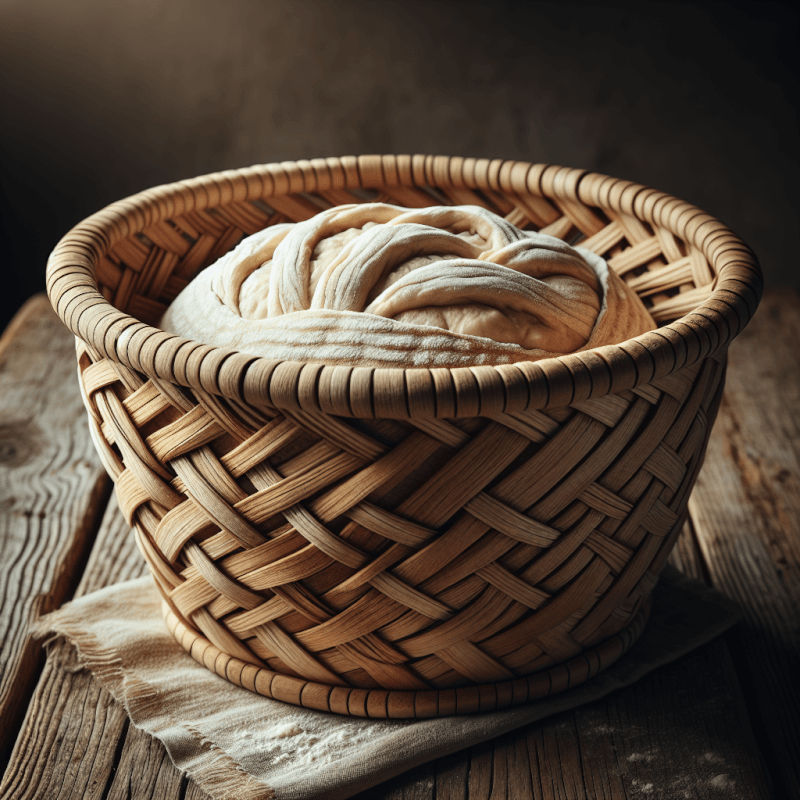
Conclusion
Choosing the right bakeware for your sourdough bread can greatly impact the outcome of your baking endeavors. Consider factors such as material, shape and size, lid or no lid, handles, and non-stick coating when making your decision. Each type of bakeware, including Dutch ovens, bread loaf pans, cast iron skillets, baking stones, and banneton proofing baskets, has its own benefits and drawbacks.
In addition to the bakeware itself, don’t forget about the importance of additional tools and accessories such as bread lames, dough scrapers, proofing cloths, and silicone baking mats. These tools can enhance your baking experience and help you achieve professional-looking results.
Remember to properly prepare your bakeware by seasoning, preheating, and cleaning it after each use. By following these guidelines and experimenting with different types of bakeware and techniques, you’ll be well on your way to baking delicious, crusty, and beautiful sourdough bread in your own kitchen. Happy baking!
